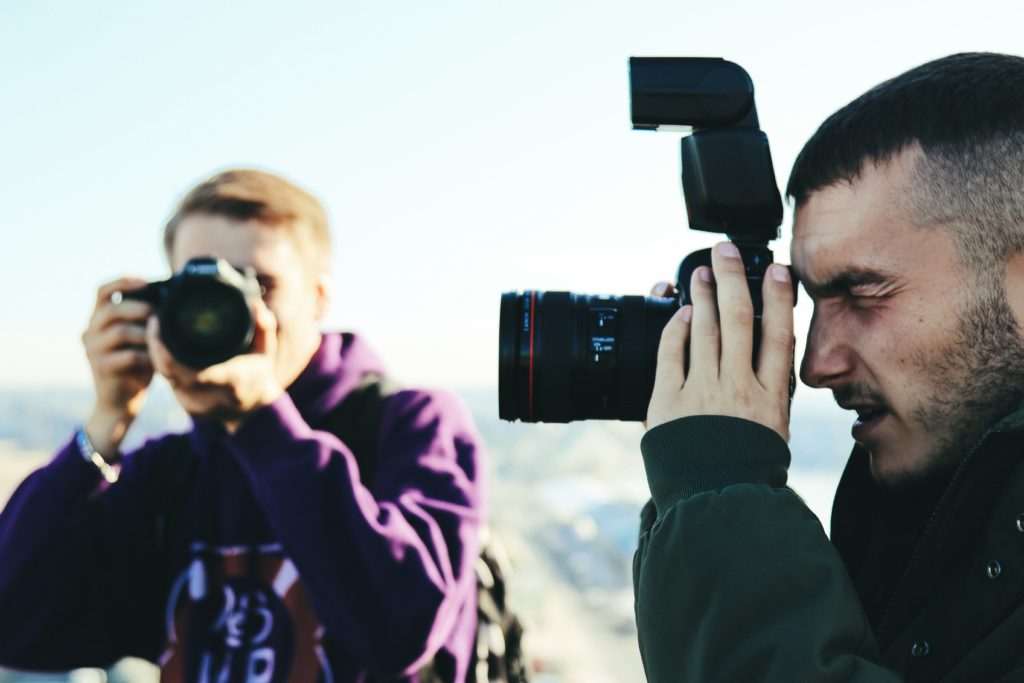Framing could be defined as the visual “geography” where several elements harmoniously reside in order to construct an image. Framing has more to do with cinematographic shots rather than composition.
However, there is an important element embedded in every single frame done with the dramatic Dutch angle, the diagonal horizon line.
Back in the days where I was still discovering everything in photography (very happy and fun moments of my life indeed), I was experimenting with all sort of quirky angles and points of view, and one day I heard the words “Dutch angle” and I made a little research in order to understand it, and everything changed for me.
So What Exactly Is The Dutch Angle?
The Dutch angle, which is also known as the “Dutch tilt” is a maneuver where the camera is set at a tilted angle, leaving verticals and horizontal lines angled to the sides of the frame, producing a tilted or diagonal point of view.

Should You Use it?
Definitely yes, but with intention, not just randomly. It is a creative solution indeed, but its use doesn't produce the desired effect when done without thinking. There is a reason why photographs use the Dutch Angle in their photographs.
This way of placing the camera allows photographers to communicate a lot of different emotions to the viewers. Some of these emotions could even reach fear, uneasiness and even drunkenness. I remember watching a movie once that made me very dizzy called “Enter the Void“, and all due to camera movements and weird shots.
How Tilted Can a Dutch Angle Get?

Any tilt between 5° to 90° is considered to be a Dutch Angle, however, the decision behind such tiltness has a reason as well, and it should depend on the level of drama you want to apply to a photograph.
Understanding composition requires time, but more importantly, practice. We encourage you to get away from the traditionally pure horizontal and vertical lines and experiment a bit with the Dutch Angle.
We would love to see some of your experiments as well, so you can share them with us at the forum and we'll be more than happy to take a look at them.
Further Resources
- The Cure for Flat Images: 4 Ways to Add Depth to Your Photos
- Dutch Angle Photography – Rule Of Thirds Photography
- Want to Create Great Images? Stop Waiting to Get Lucky
[thrive_text_block color=”note” headline=””] This Guide “Understanding Composition” by expert photographer Kent DuFault will give you an introduction to composition. It will show you how to spot great composition in a scene quickly, will teach you why controlling composition will improve your photographs and will ensure you start shooting more creatively
GET YOUR COPY HERE [/thrive_text_block]






